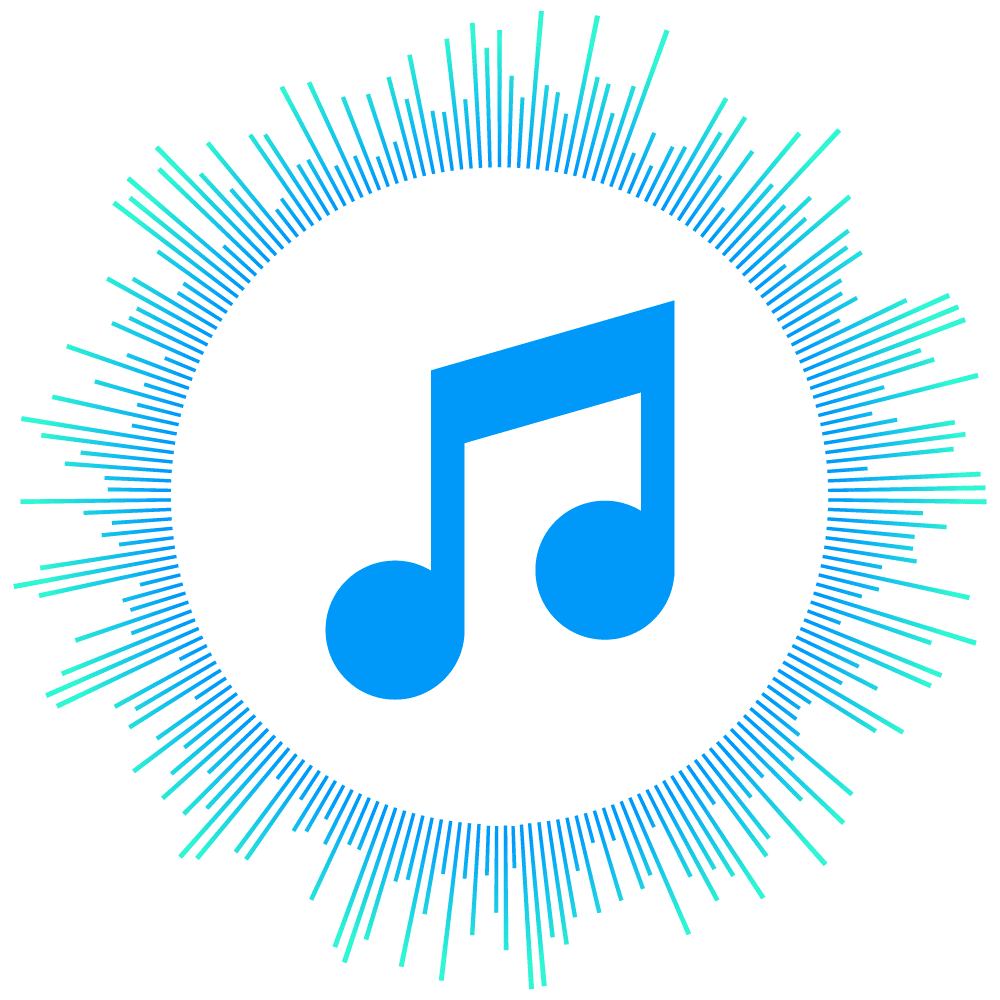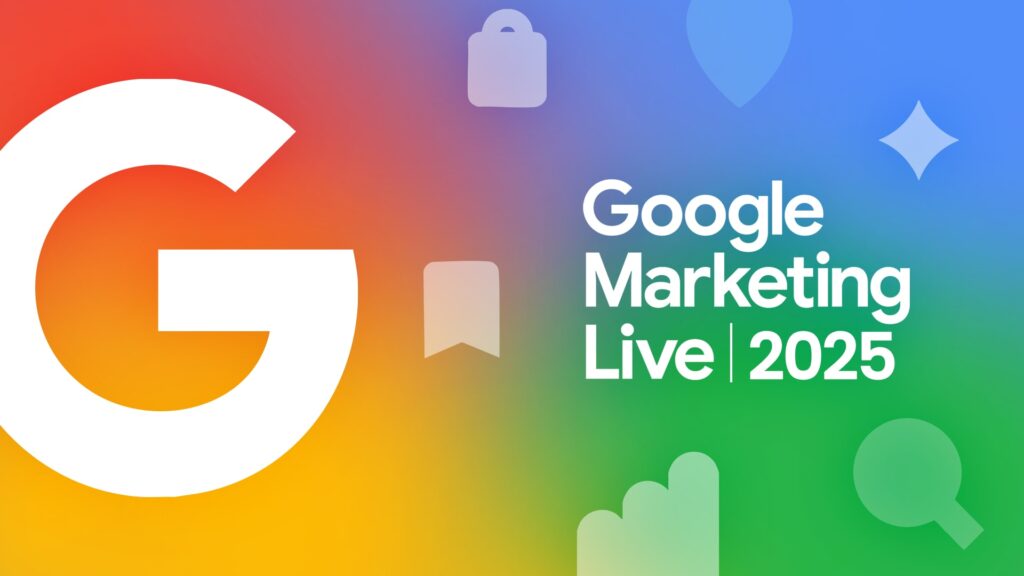
Tune into Your Brand: The Art and Science of Sonic Branding

Name The Earworm
Can you complete the following jingles?
“I have a structured settlement, and I need cash now. Call ________! 877-CASH-NOW!”
“The best part of waking up is _____ in your cup.”
“We are _____. Bum-ba-dum, bum bum bum bum!”
“Do-do a dollop. Do-do a dollop of ____.”
Think you got them all? Stumped? Answers are at the end of this blog.
If you can complete at least one of the lines above—bonus points if you sang it in your head—then you know how powerful marketing earworms can be for your brand.
Just as visual elements like logos, fonts and colors are used to represent a brand visually, sonic branding focuses on creating a unique auditory identity for a brand. Think about how deeply embedded apps like TikTok, Instagram and YouTube are in modern culture, and how sound and music are inextricably linked to experiencing each one.
While sonic signatures aren’t a new marketing tactic, it is something that many brands are starting to invest more and more in. Should you consider using sonic branding to set your marketing strategy up for success? Read on to learn more.

What Is Sonic Branding?
Sonic branding goes by many names: “audio/auditory branding,” “sound logo,” “audio signature/identity,” “sogos” and more. In this blog, we use the terms interchangeably, defined as: The strategic use of sound elements to build a distinctive brand identity to increase retention, recognition and association among audiences.
Audio branding involves creating unique, memorable sounds or musical compositions. This adds another level of brand uniqueness that complements your visual logo and can positively impact brand recognition and retention amongst your audiences. This can be in the form of jingles, voiceovers, sound effects, original music, or even just a single note or sound (think the Apple Mac startup or Netflix’s “tu-dum” intro).
What Makes Sonic Branding So Effective?
“You can shut your eyes, but you can’t shut your ears.”
—Laurence Minsky, co-author of Audio Branding: Using Sound To Build Your Brand
It’s true; sounds are harder to avoid than visuals. Consider the following marketing statistics:
- Sound can influence whether a person wants to engage or avoid your brand by 86%.
- A golden rule in marketing is that it takes 5-7 brand impressions for someone to remember your brand and take the desired action.
- 60% of consumers said they believe music in marketing is more memorable than visuals.
Understanding the impact of sound is part of the equation. But how exactly does audio branding work?
Sound Shapes Perceptions
The human brain processes sound faster than visual stimuli—up to 40 milliseconds faster. That instinctive knee-jerk reaction plays an integral role in swaying one’s impression of an experience before one can even really think about it.
Sound Activates Emotions
Sound can influence your audience’s emotions and compel action. Auditory experiences can lead customers to feel. A carefully crafted sound identity should evoke specific emotions and connect with your audience at a subconscious level.
Think about how the Home Depot theme evokes productivity and movement that complements their brand, inspiring listeners to take on a project.
Or how the Pixar intro theme creates whimsy and prepares your mind for the experience of their films so you keep watching.
With auditory recognition, you can connect with your audience on a subconscious level, influencing perceptions and behaviors.
Sonic Branding Enhances Brand Recall
Tostitos launched a new sonic brand, and it successfully upped audience recall by 38%. Even more impressive, this recall study was done without a visual or tagline to accompany the sound.
This is because sound has the power to follow a user throughout their journey down the funnel. Your sonic branding can help you stay top-of-mind among a sea of competitors and drive purchase intent.

Consistent Brand Experience
One of the goals of sonic branding is to reinforce your brand values. So, your audio identity will be most effective when it’s woven into all aspects of your brand marketing.
It’s a long-term strategy, as opposed to a quick and easy marketing tactic, but the potential results are far greater. It’s why mega brands like Walmart and American Express have increased their sonic branding investments in recent years.
Ultimately, the end goal of audio branding is a customer who’s fully connected and loyal to your brand. They can tell your brand apart from your competitors, and they engage with you on your channels. Most importantly, they trust you and will recommend you to others.
A Brief History of Audio Branding
In 1922, the first-ever paid radio advertisement in the USA aired on New York City’s WEAF radio. The ad was for apartments in Jackson Heights, New York. In doing so, they paved the way for a new marketing frontier, as marketers had to adapt to this emerging form of electronic mass communication and learn to meet their consumers where they were.
Fun fact: The first-ever radio jingle in the U.S. was aired in 1926 in Minneapolis-St. Paul, and featured a local barbershop quartet singing “Have You Tried Wheaties?”:
Washburn-Crosby, the predecessor to General Mills’ brand, was on the brink of pulling Wheaties off the market due to poor sales. The jingle improved sales in the region, and the campaign was so successful that, in 1929, General Mills took it nationwide—to resounding success. Wheaties is on grocery shelves to this day thanks to that jingle.
While there are far fewer jingles in use today, its effectiveness further underscored sound as an important part of a successful, integrated marketing strategy.
Should I Use Sonic Branding?
Yes. Audio branding is as important now as ever. John Taite, EVP at Made Music Studio, claims that we are in an “Audio Renaissance,” where sonic branding plays an increasingly crucial role in marketing and will continue to gain momentum for the foreseeable future. As an emerging trend, a lot of benefits can be reaped from taking advantage in the early stages.
During the COVID-19 pandemic, audio streaming and podcasts experienced a spike in listeners, but it had already been increasing 32% year over year before that. 67 million Americans now listen to podcasts every month.
Audio marketing represents a space where people are attuned to the content because they don’t also have a visual that they are processing at the same time (e.g., podcasts, music streaming platforms, etc.).
This presents marketers with a unique challenge. If a potential customer is already enjoying a podcast or music, why not meet them where they are? Then, once you find your listening audience, how do you get listeners to not tune out ad messaging and stay engaged throughout the ad? Sonic branding.

A Strategic Symphony
As we navigate the evolving landscape of marketing, it’s clear that audio branding is not just a passing trend but an essential component of a comprehensive, integrated brand strategy. With the rise of streaming platforms, smart home technologies, podcasts, and other audio-centric mediums, the opportunities for leveraging sonic branding are greater than ever before.
So, as you consider your brand’s marketing strategy, don’t mute the power of sound. Embrace the sonic landscape, harness its potential, and let your brand’s voice be heard loud and clear.
Curious about other ways to make your brand even more memorable? Read our blog on ad mascots.
ANSWERS:
“I have a structured settlement, and I need cash now. Call J.G. Wentworth! 877-CASH-NOW!”
“The best part of waking up is Folgers in your cup.”
“We are Farmer’s. Bum-ba-dum, bum bum bum bum!”
“Do-do a dollop. Do-do a dollop of Daisy.”
Keep Reading
Discover What Drives Results

